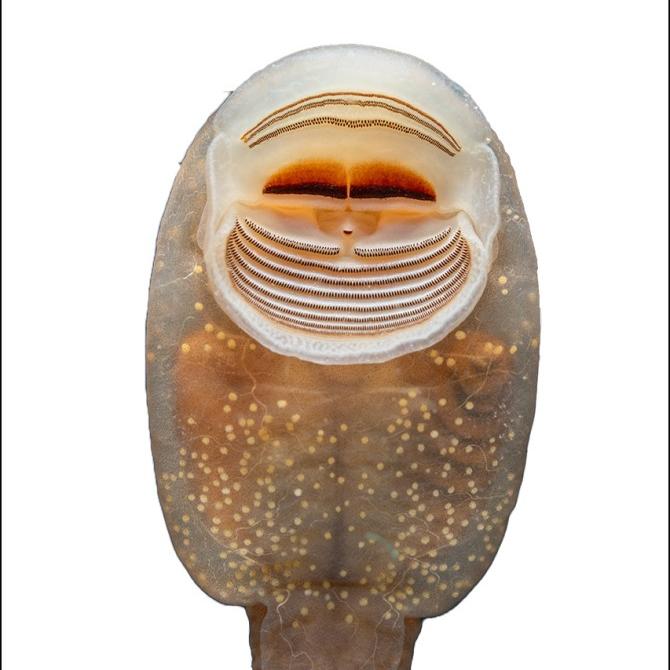While many other animals are known to engage in group fidelity, where one male mates and socially bonds exclusively with two or more females, a new study documents this behavior for the first time in an amphibian.
The study, “Unexpected Reproductive Fidelity in a Polygynous Frog,” appeared August 12 in the journal Science Advances.
The male Thoropa taophora (T. taophora) river frog in the Brazilian Atlantic rainforest fights to defend and roost over freshwater seeps in rocky shores, where females lay eggs and the males protect them. Because prime seeps (where groundwater flows out) are scarce, two to three T. taophora females will share a male and his seep, as one female becomes dominant and the others secondary. In spite of this hierarchy, the females will mate exclusively and repeatedly with that male over a breeding season.
“The fidelity to that male is related to the cost benefit: It’s better to be a secondary female with a male that has a great breeding site, than to go off and try to be a primary female with some other male that has a bad site,” said co-author Kelly Zamudio, the Goldwin Smith Professor of Ecology and Evolutionary Biology, in the College of Arts and Sciences.
Fabio Perin de Sá, a doctoral student at São Paulo State University Rio Claro, São Paulo, Brazil, is the paper’s first author. He was co-advised by Zamudio and visited her lab in 2012, 2017 and 2019 to perform paternity analyses in this project.
Even though a secondary female’s reproductive output in a prime site might be smaller than a dominant female’s, her reproductive output with a male at a bad site might be zero, Zamudio said.
Frogs are known to be either monogamous or promiscuous, with males and females indiscriminately mating in a pond. There are also plenty of species that are polygynous, where males defend a territory and mate with multiple females. “But what we hadn’t found until this point is this kind of unity of group in terms of the number of females with a polygynous male,” Zamudio said.
She said the lack of previous examples of group fidelity in frogs may be simply because the behavior is hard to observe. “You can’t just watch this,” she said, “you have to put cameras on them.” That is exactly what the researchers did.
In the study, the researchers began by genotyping the DNA of tadpoles in a seep, to identify the pairings between males and females. The genetic analyses revealed that one male – who has monopolized a prime seep – and a few females were mating and re-mating over a breeding season.
To understand the behaviors better, they then set up cameras on the seeps, which revealed which females were primary and which were secondary. They also observed unusual behaviors: Secondary females were found eating their rivals’ eggs to elicit mating, and males were found touching and embracing females – social bonding behaviors common to mammals but not well understood in amphibians.
“In mammals, we think about the kinds of behaviors that promote social bonding, and we can attribute causality to certain things,” Zamudio said. “But we don’t really know what’s going on here.”
These questions could lead to future studies, along with observing T. taophora’s mating cycles over many seasons.
The study was funded by the São Paulo Research Foundation; the Brazilian Federal Agency for Support and Evaluation of Graduate Education; and the Brazilian National Council for Scientific and Technological Development.






